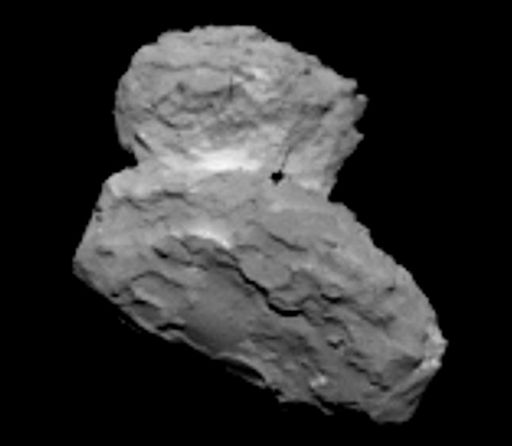Friday afternoon
August is off to a warm start, but at least the humidity is still low. That all changes for the weekend as both the temperatures and the humidity will be on the rise. And the models continue their slow decline in rain chances. So, it looks like a pretty typical late summer weekend…hazy, very warm and humid. Rain/thunderstorm chances are not zero, but pretty close. Best chance still looks like tonight, but only at 20% or less. Saturday and Sunday rain chances will max out under 10%. Temperatures tonight should drop to around 70 and about 72 Sunday morning. High temperatures should reach the upper 80’s. Similar weather should continue early next week.
More climate talk
Yesterday, I closed with a statement about the headlines concerning a return to “an ice age is coming” within the next ten years. That was not said in jest to mock the climate claims of the past century. Rather, it’s based on observations of past reactions of weather to ocean currents. Yes, ocean driven weather cycles. The two major patterns are the Pacific Decadal Oscillation (PDO) and the Atlantic Multidecadal Oscillation (AMO). Both the PDO and the AMO have two phases – positive(warm) and negative(cold). The PDO was generally in a positive mode from the mid 70’s (when recent global warming began) until it flipped to the cold negative mode around the year 2000. The Earth hasn’t warmed since. (What a coincidence!) Meanwhile, the AMO has been generally positive much of the past 25-30 years. A few years back it started “flipping” but hasn’t settled into the cold mode yet. It’s expected to definitely become a cold phase over the next year or two. Historically, when both the PDO and the AMO are in their cold phase, the Earth cools. (Coincidence? our warm Earth climate leaders think so.)
Another possible contributer to cooling could be sunspots. The sun, of course, is the reason why we a here. But, for centuries we looked for the “solar constant” the exact amount of energy the sun sends our way each day. For some reason, the scientific community thought this number had to be a constant. It’s extremely difficult to measure the sun’s energy through the atmosphere, so the answer was never found…until satellites arrived. Then, we could easily measure that solar constant. But, it turns out there is no solar constant – the sun’s output varies on a cycle that closely matches the number of sunspots. Currently we are at the end of a “solar max” that has been the weakest since around 1900. Low sunspot numbers then were associated with a “cooling Earth”. Even lower minimums have occurred. The most well known is the Maunder Minimum – a period of over 100 years of very low sunspot numbers centered over the 1700’s – right in the middle of the period known as the Little Ice Age. (Another coincidence? you betcha! says the warm Earth society.)
ALL the CLIMATE MODELS our country’s so-called experts use project temperatures on a straight line upward from 2000 until 2020. Well, we’re 70% of the way there and temperatures haven’t budged. Let’s see how things stand in 6 years – I’m betting on colder.



